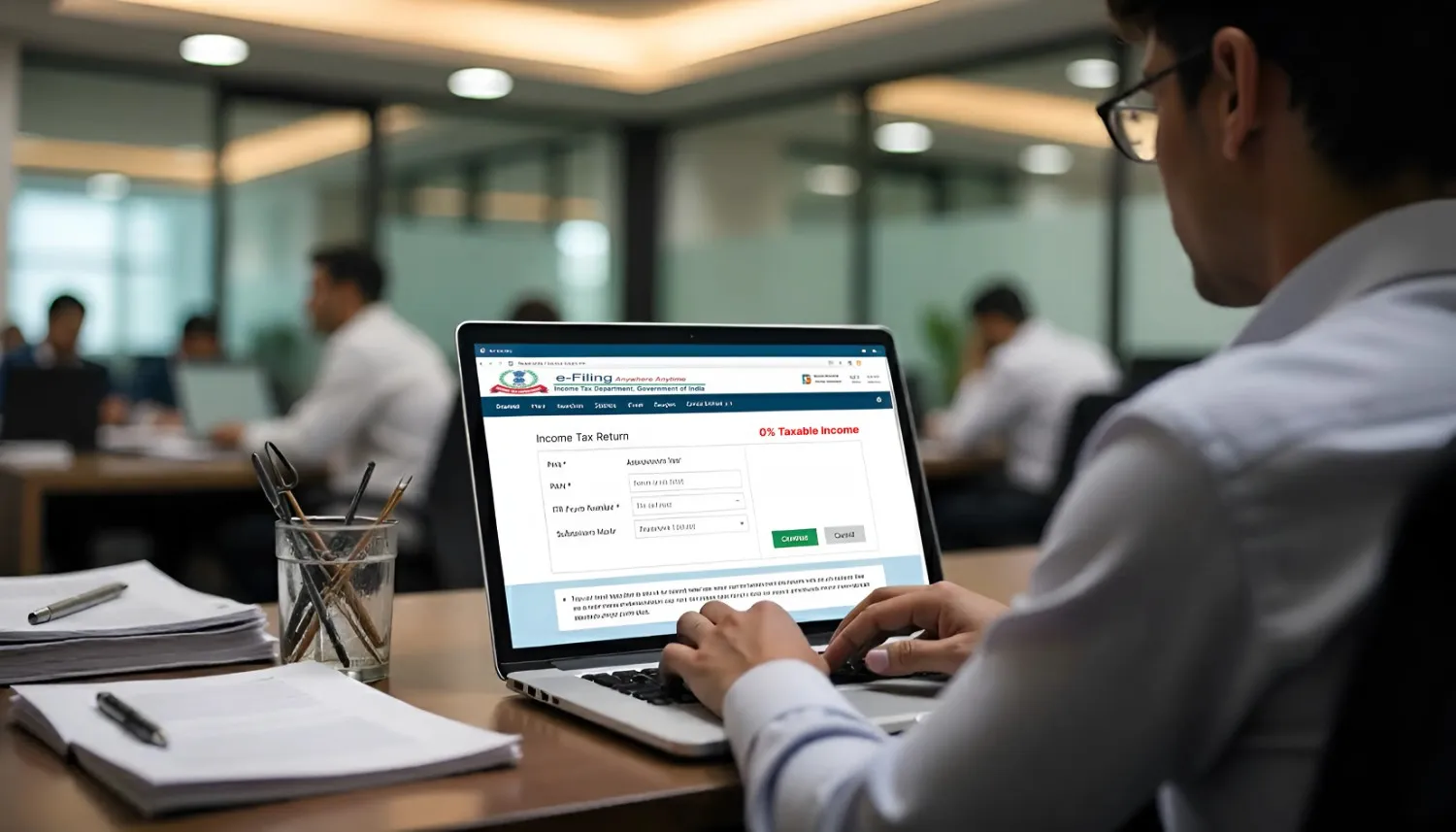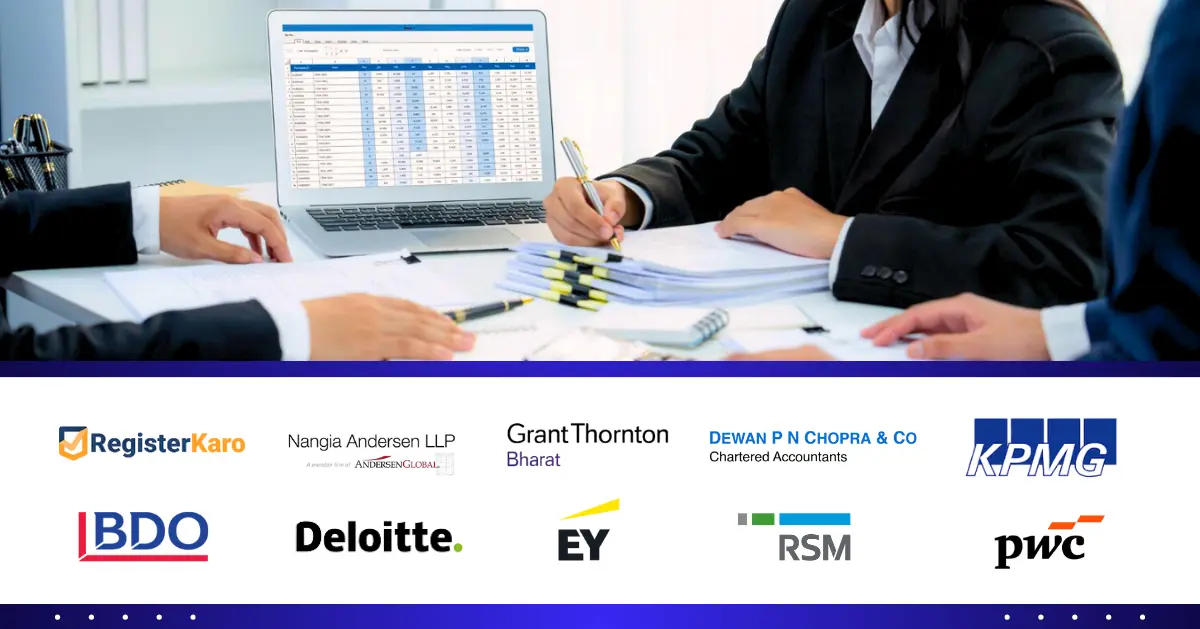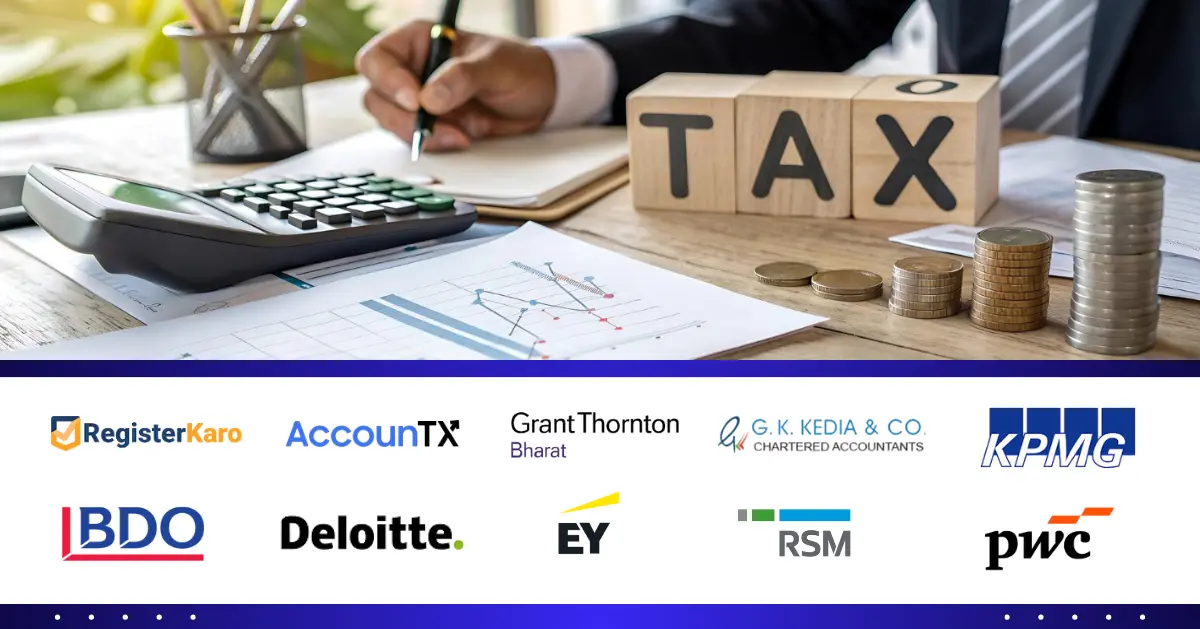
What is the GST Rate on Air Conditioners?
GST on AC is 28% throughout India, and this rate applies to all AC types, including split, window, and central units for all new purchases. The government categorizes air conditioners as luxury items under the highest tax slab.
New ACs from registered dealers: Full 28% GST applies to the selling price.
Second-hand ACs from registered dealers: GST applies only to the dealer’s profit margin under the margin scheme, not the entire sale value.
Second-hand ACs from unregistered sellers: No GST applies to these transactions.
Installation services: When billed separately, these attract 18% GST instead of 28%.
Before GST implementation, air conditioners attracted multiple taxes totaling around 31-35%. The new GST regime has simplified the tax structure while making ACs slightly more affordable.
Air Conditioner HSN Code for Different Types
Air Conditioner HSN code 8415 applies to all AC machines, comprising a motor-driven fan and elements for changing the temperature and humidity. This classification covers various AC types systematically.
The HSN code breakdown includes:
| HSN Code | Description |
| 84151010 | Window-type ACs |
| 84151090 | Other fixed-type ACs (like split units) |
| 84152000 | ACs for motor vehicles |
| 84158110 | ACs with heat pump function |
| 84158200 | Central and commercial AC systems |
Understanding the air conditioner HSN code helps businesses with accurate GST returns filing. Furthermore, proper HSN classification prevents compliance issues during tax audits.
How is the GST on AC calculated?
GST calculation depends on the “value of supply” – the total amount subject to taxation. For air conditioners, this includes the unit price plus any additional charges bundled in the same invoice.
The billing approach significantly impacts tax calculation:
Composite supply: When dealers include the AC and installation in one invoice, they charge 28% GST on the combined amount.
Separate billing: When installation appears on a separate invoice, the AC attracts 28% GST while installation services get 18% GST.
Businesses must also include transport charges, handling fees, and other incidental costs in the taxable value when these form part of the sale agreement. Discounts reduce the taxable value accordingly.
Practical Example: For GST on AC Purchase
Consider purchasing a 1.5-ton split AC for your bedroom:
Scenario: You buy the AC from an authorized dealer who provides separate invoices for the product and installation.
AC Purchase Details:
- AC unit price: ₹35,000
- GST calculation: ₹35,000 × 28% = ₹9,800
- AC total: ₹44,800
Installation Service Details:
- Installation charges: ₹3,500
- GST calculation: ₹3,500 × 18% = ₹630
- Installation total: ₹4,130
Complete Purchase Summary:
- AC unit cost: ₹35,000
- Tax on AC: ₹9,800
- Installation cost: ₹3,500
- Tax on installation: ₹630
- Total: ₹48,930
This separation allows businesses to claim appropriate Input Tax Credits on different components and helps consumers understand their exact tax obligations.
Input Tax Credit (ITC) For GST on AC Purchase
Businesses can claim GST input tax credit on air conditioner purchases, provided they meet these conditions:
- They receive a valid GST invoice from a registered supplier.
- The AC is used solely for business operations.
- They maintain proper records and documentation.
Personal use of ACs does not qualify for ITC, as per Section 17(5) of the GST Act.
ITC Treatment for Movable vs Immovable Property
Businesses must consider whether their air conditioning systems qualify as movable or immovable assets when determining ITC eligibility:
Movable Assets (ITC Allowed):
- Window units that users can relocate without structural modifications
- Portable cooling systems that staff can transfer between locations
- Split units that technicians can remove and reinstall elsewhere
- Companies can claim full ITC for these systems when they serve business functions
Immovable Assets (ITC Limitations):
- Centralized cooling systems that contractors integrate permanently into building infrastructure
- Ductwork and HVAC installations that become structural building components
- GST regulations under Section 17(5)(c) and (d) restrict ITC for construction-related goods and services, with exceptions for:
- Manufacturing equipment and machinery (certain AC systems may qualify under this category)
- Professional services for constructing business-use immovable property
Classification Criteria: Tax authorities determine movable versus immovable status based on whether technicians can remove the equipment without causing structural damage to the premises.
How to Claim GST Refund for AC Exports?
Air conditioners sold for export are zero-rated under GST. Exporters can claim a full refund of input taxes. Businesses can choose between two methods to claim the refund:
1. Export with Payment of IGST
- Exporters pay 18% Integrated GST (IGST) at the time of export.
- After shipping the goods and filing the Shipping Bill and GSTR-1, they can claim a refund of the IGST paid.
- The refund gets processed automatically through the ICEGATE system linked to the customs portal.
2. Export without Payment of IGST (Under LUT)
- Exporters file a Letter of Undertaking (LUT) to avoid paying IGST at the time of export.
- After exporting, they can claim a refund of unutilized Input Tax Credit (ITC).
- To claim the refund, they must file Form RFD-01 on the GST portal along with supporting documents like export invoices, shipping bills, and proof of receipt in foreign currency.
Key Documents Required:
- Valid GST registration
- Shipping bills and invoices
- Bank Realization Certificate (BRC) or Foreign Inward Remittance Certificate (FIRC)
- Filed GSTR-1 and GSTR-3B returns
- LUT copy (if applicable)
Important Tips:
- File refund applications within 2 years from the relevant date.
- Maintain accurate digital records and match invoices with customs data to avoid rejection.
- Use the GST portal’s refund tracking tool to monitor application status.
Compliance Tips for Dealers: GST on AC
AC dealers must maintain proper GST compliance to avoid penalties. Registration requirements vary based on annual turnover thresholds.
- GST Registration: Mandatory for dealers exceeding the threshold turnover( Rs. 40 lakh annual turnover for most states and Rs. 20 lakh for special category states)
- Accurate Invoicing: Must include HSN codes and tax rates.
- E-Invoicing: Required for businesses with a turnover above Rs. 5 crore.
Need Help with GST Registration or Tax Compliance for an AC Business? We’re here to help!
Contact RegisterKaro now — our experts simplify GST registration, invoicing, and tax compliance for your business.
Frequently Asked Questions(FAQs)
1. How much GST is on AC in India?
The GST rate on all types of air conditioners, including split, window, and central units, is 28% across India. The government classifies ACs as luxury goods, placing them under the highest tax slab to maintain uniform taxation.
2. Can I claim Input Tax Credit (ITC) on an air conditioner used in my business?
Yes, businesses can claim ITC on air conditioners if they use the AC exclusively for business purposes and receive a valid GST invoice from a registered supplier. However, ACs bought for personal use are not eligible for ITC as per Section 17(5) of the GST law.
3. What is the HSN code for air conditioners, and why is it important?
Air conditioners are classified under HSN code 8415, covering various types like window, split, and central ACs. Using the correct HSN code on invoices ensures accurate GST filing and helps businesses avoid penalties and compliance issues during tax audits.
4. Is GST applicable to air conditioner installation services?
Yes, installation services attract 18% GST when billed separately as a service. If the installation charges are combined with the AC sale on one invoice (composite supply), the entire bill is taxed at 28% GST applicable to air conditioners.
5. Do I need to pay GST when purchasing a second-hand air conditioner?
When buying from a registered dealer, GST applies at 28%, either on the full sale price or only on the profit margin under the margin scheme. However, purchases from unregistered individual sellers are exempt from GST, meaning no tax is charged.
6. How do exporters of air conditioners claim GST refunds?
Exporters can claim GST refunds either by paying Integrated GST (IGST) at export time and then applying for a refund or by exporting under a Letter of Undertaking (LUT) without paying IGST, and later claiming a refund of unutilized Input Tax Credit (ITC). Filing the correct documents on time is crucial to avoid delays.




